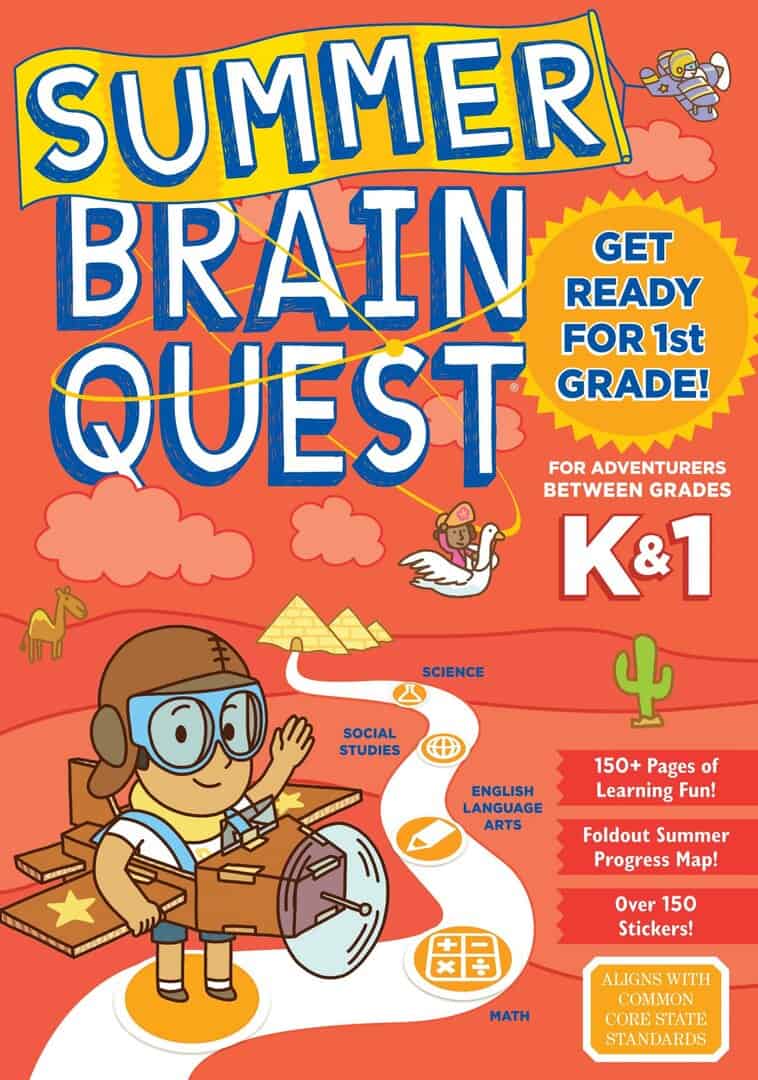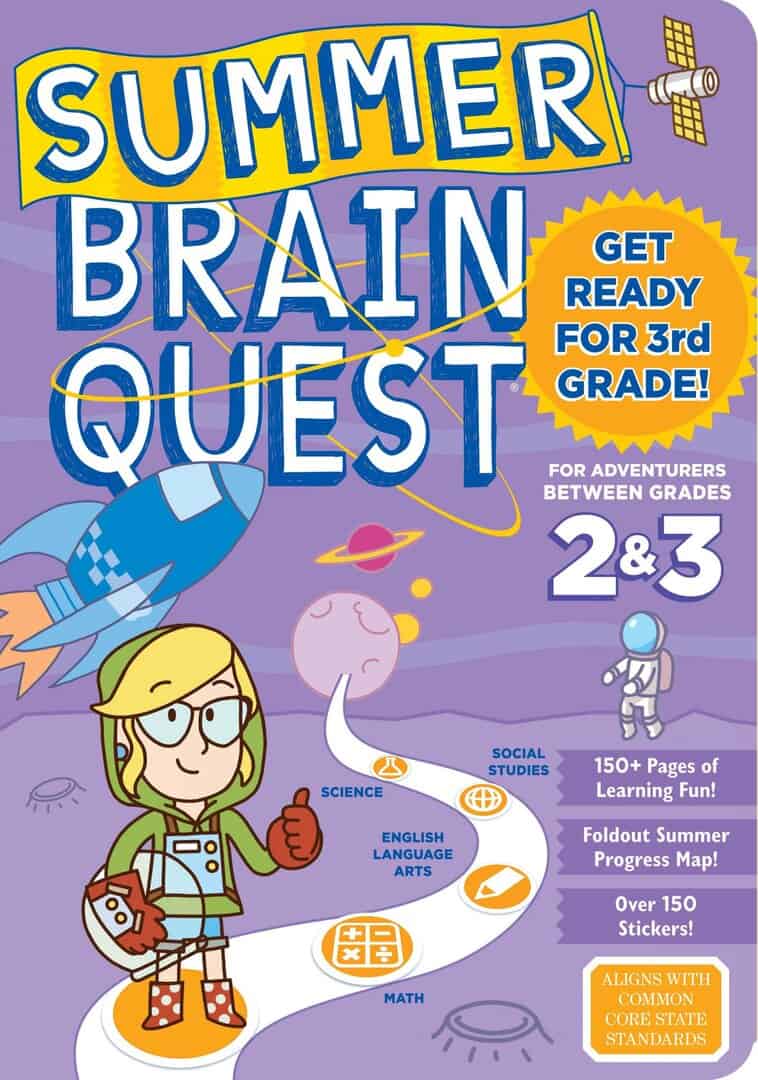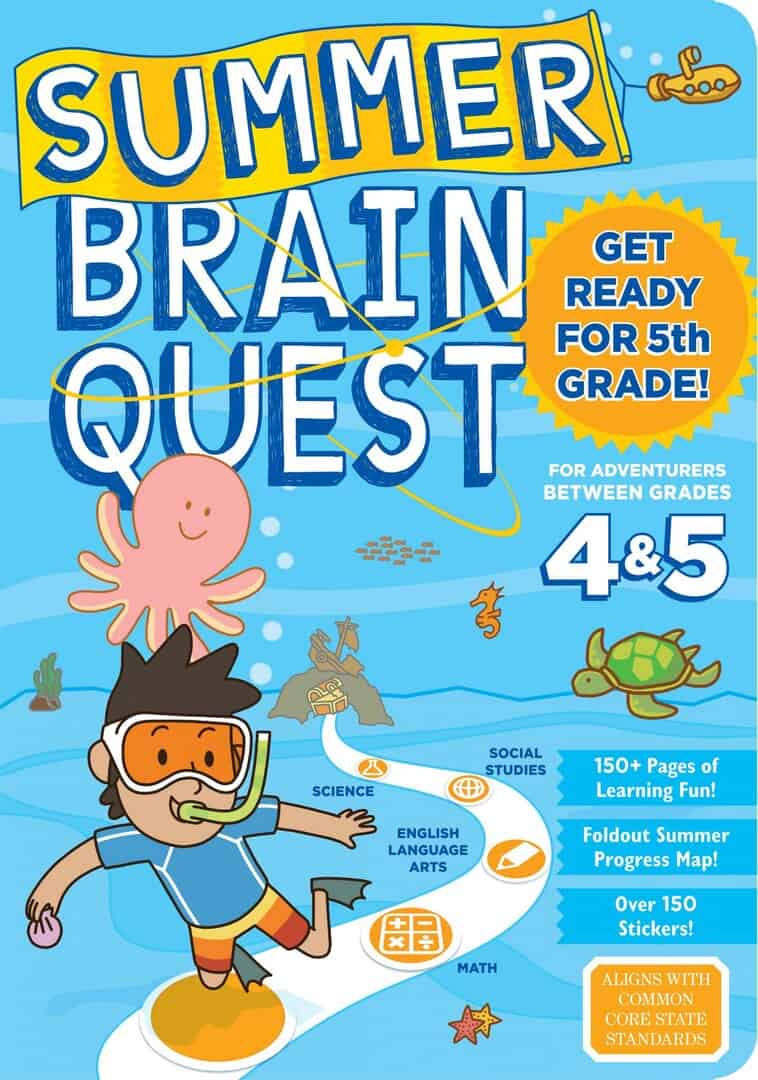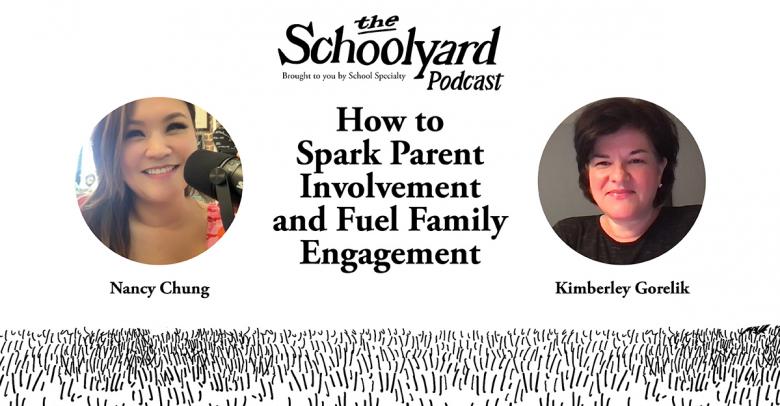Teachers often send home summer learning packets to help students retain the skills they’ve worked hard to master during the school year. These packets combat summer learning loss, also known as “summer slide,” by keeping children engaged in educational activities outside of the classroom. But are these packets always the best solution? Let’s weigh the pros and cons.

The Benefits of Sending Home Summer Learning Packets
Mitigating Summer Learning Loss
Summer learning loss can set students back significantly, especially in critical areas like math and reading. By providing targeted activities, summer learning packets help bridge the gap and keep students on track. Research shows that even small amounts of consistent practice during summer can make all the difference. If you’re looking for tips to minimize summer regression, check out 7 Ways Families and Teachers Can Prevent Summer Learning Loss.
Reviewing and Reinforcing Key Concepts
Design your summer packets to allow students to revisit lessons that they’ve already learned. This refresh solidifies their understanding and prepares them for the more advanced concepts waiting in the new school year. Teachers can focus the packets on the specific areas where students need extra reinforcement, creating a personalized learning experience.
Supporting Parents in Home Learning
Summer learning packets often help parents design educational activities at home. For many families, these resources provide a roadmap to make home learning less intimidating. If you’re a parent looking for fun educational ideas, check out Educational Games & Manipulatives for At-Home Learning.

The Challenges of Summer Learning Packets
Risk of Lack of Engagement
While summer packets seem like a straightforward solution, student participation isn’t always guaranteed. Children may see the packets as tedious homework, leading to incomplete or rushed answers. Without proper incentives or interactive elements, these materials can fall flat, putting their effectiveness at risk.
Resource Concerns
Not all students have equal access to resources like internet, printers, or assistance at home. For some, even completing a paper-based packet without adult guidance may pose a challenge. This disparity often deepens gaps rather than bridging them, something every teacher should consider when designing take-home materials.
Time and Resource Allocation for Teachers
Creating thoughtful, engaging, and effective summer learning packets is no small task. Teachers must spend significant time creating these packets, which can add to an already demanding workload. Balancing these responsibilities can be challenging, especially during the hectic end-of-year season.

Strategies to Maximize the Effectiveness of Summer Learning Packets
Incorporate Fun and Interactive Elements
One way to boost engagement is by including creative activities such as puzzles, interactive projects, or challenges with small rewards. Worksheets that feel less like chores and more like games can motivate students to participate actively.

Offer Digital and Physical Options
To address equity concerns, consider offering both online and paper-based versions of summer learning packets. This dual approach ensures that students from various backgrounds have the tools to succeed, no matter their access to technology or resources.
Communicate and Support Families
Providing clear instructions and staying available for questions can make a difference. Teachers can also share recommendations for educational tools and activities that parents can use throughout the summer. For example, a page like STEM: At-Home Learning Opportunities & Activities offers ideas for hands-on learning during breaks.









While summer learning packets definitely help prevent the dreaded ‘summer slide,’ I think it’s also important to balance academic activities with time for creative play and relaxation. A well-rounded approach can make all the difference in how students view learning over the break.
We agree 100%. Students absolutely need unstructured time to relax and recharge. We are not advocating for overscheduling summer learning at the expense of summer fun! – Maureen